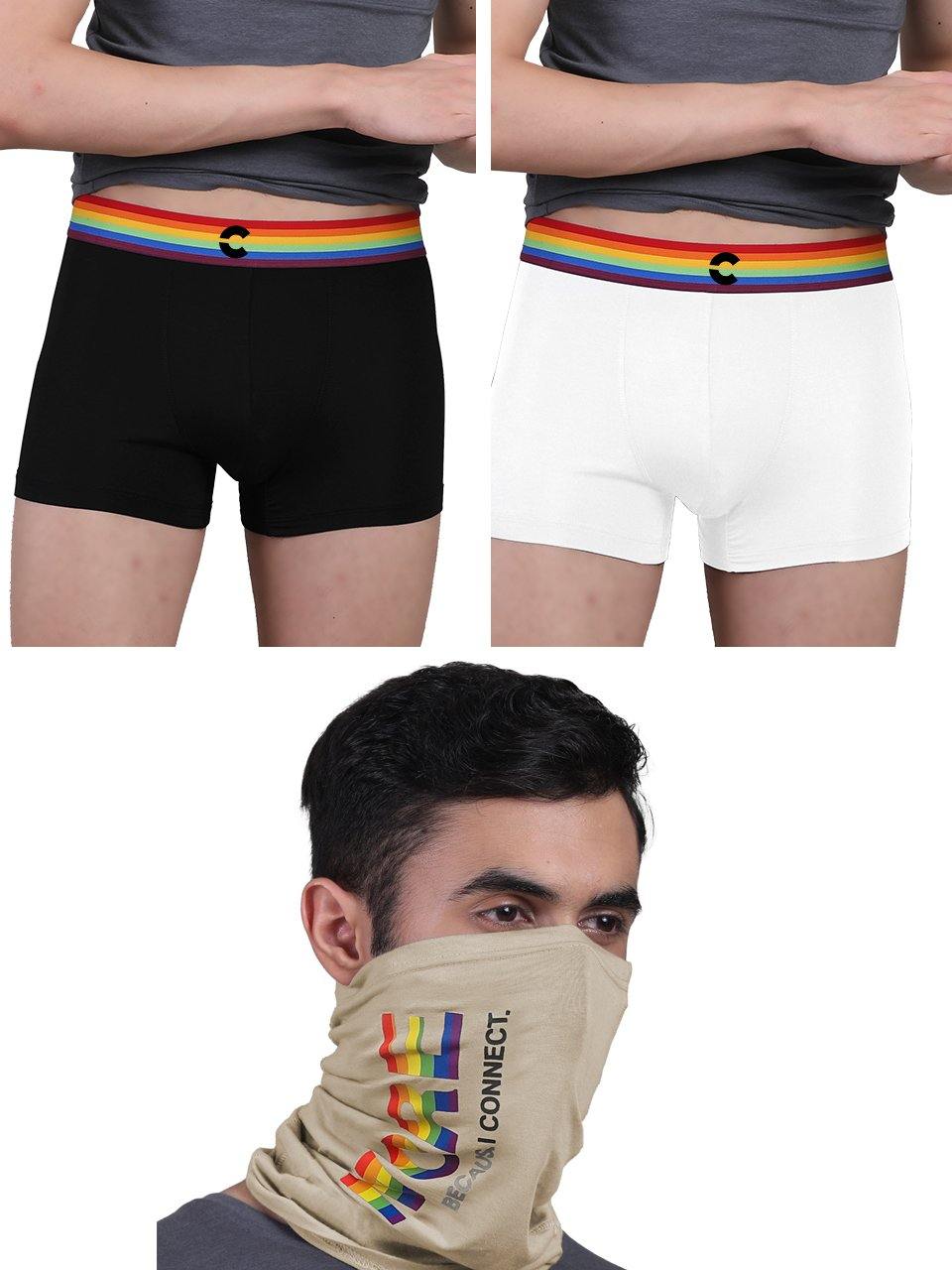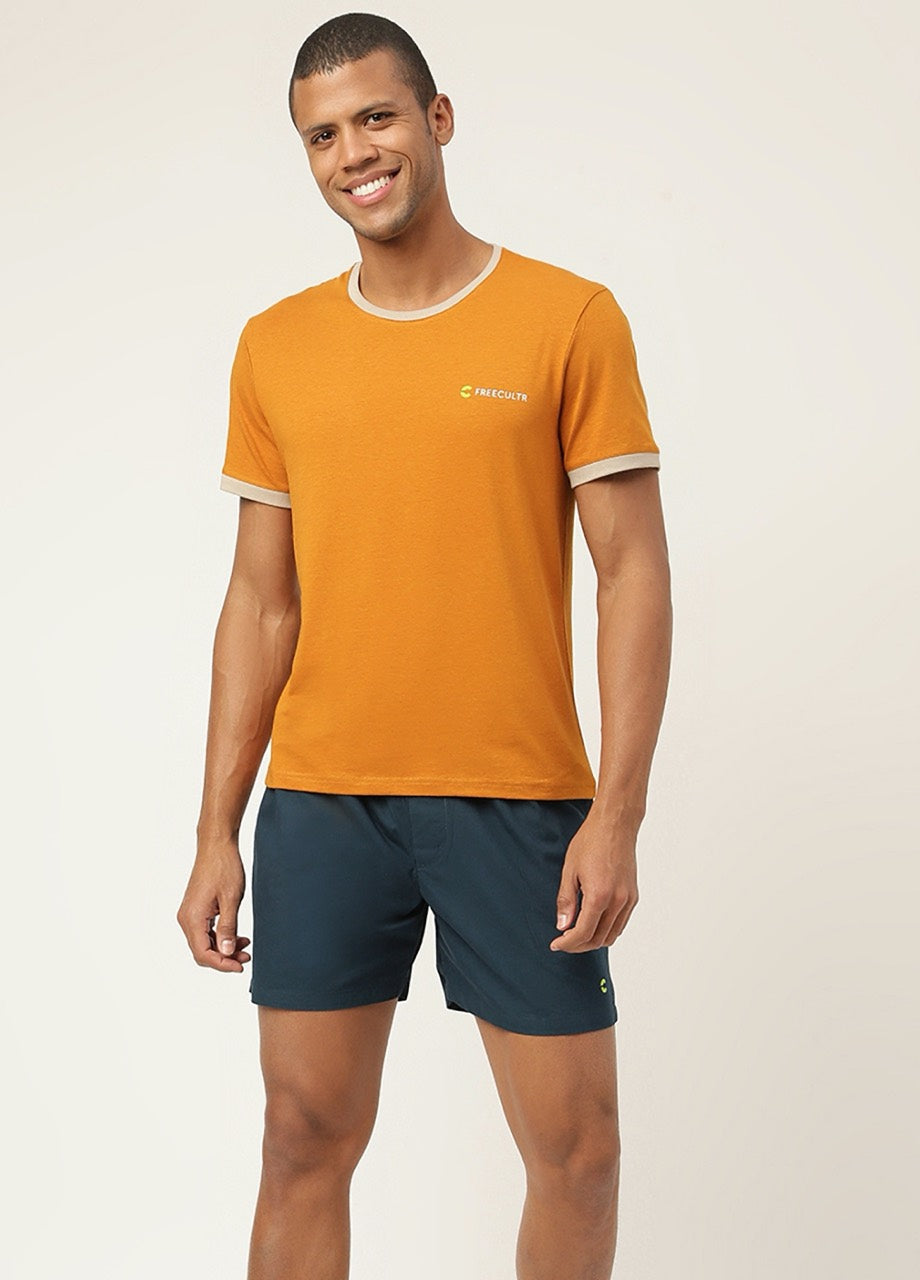Activewear is evolving beyond aesthetics; performance is paramount. Today’s athletes and fitness enthusiasts demand garments that enhance, not hinder, their workouts. Think about the discomfort of chafing during a long run or the distraction of excess moisture during a high-intensity interval training session. This is where supportive fit and moisture-wicking fabrics become crucial. We'll explore how innovations like seamless construction and fabrics incorporating silver nanoparticles are revolutionizing comfort and hygiene. These aren't just about feeling good; they're about optimizing performance and pushing boundaries. Let's delve into the science and technology driving this evolution in athletic apparel.

Understanding the Importance of a Supportive Fit
A supportive fit in garments, especially undergarments and activewear, is crucial for comfort, performance. Overall well-being. It refers to how well the garment conforms to the body, providing adequate support without constricting movement. A properly fitted garment can improve posture, reduce muscle fatigue. Enhance confidence. Conversely, a poorly fitted garment can lead to discomfort, chafing. Even health issues.
- Enhanced Comfort: A supportive fit minimizes friction and prevents the garment from riding up or shifting during activity.
- Improved Performance: For athletes, a supportive fit can improve blood circulation and muscle efficiency, leading to better performance.
- Posture Correction: Supportive garments can help align the spine and improve posture, reducing back pain and discomfort.
- Reduced Risk of Injury: Proper support can minimize the risk of muscle strain and injury during physical activity.
Moisture-Wicking Fabrics: The Science Behind Staying Dry
Moisture-wicking fabrics are designed to draw sweat away from the skin and move it to the outer layer of the fabric, where it can evaporate more quickly. This process helps keep the wearer dry and comfortable, even during intense physical activity. The effectiveness of moisture-wicking fabrics depends on several factors, including the type of fiber, the fabric's construction. Any applied finishes.
Key Technologies:
- Capillary Action: The fabric's fibers create tiny channels that draw moisture away from the skin through capillary action.
- Surface Area: The outer layer of the fabric has a larger surface area, which allows for faster evaporation.
- Hydrophobic and Hydrophilic Fibers: Some fabrics combine hydrophobic (water-repelling) and hydrophilic (water-attracting) fibers to enhance moisture transport.
Types of Moisture-Wicking Fabrics
Several types of fabrics are used for their moisture-wicking properties. Each has its own advantages and disadvantages:
- Polyester: A synthetic fiber known for its excellent moisture-wicking capabilities, durability. Resistance to wrinkles. It's also relatively inexpensive.
- Nylon: Another synthetic fiber that is strong, lightweight. Moisture-wicking. Nylon is often blended with other fibers to improve its comfort and breathability.
- Merino Wool: A natural fiber that is known for its softness, breathability. Moisture-wicking properties. Merino wool can absorb a significant amount of moisture without feeling wet, making it a good choice for activewear.
- Polypropylene: A synthetic fiber that is hydrophobic, meaning it repels water. This makes it very effective at wicking moisture away from the skin.
- Blends: Many fabrics are blends of different fibers to combine the benefits of each. For example, a blend of polyester and spandex can provide both moisture-wicking and stretch.
Comparing Fabric Performance
The following table compares the performance of different moisture-wicking fabrics based on key criteria:
| Fabric | Moisture-Wicking | Breathability | Durability | Cost |
|---|---|---|---|---|
| Polyester | Excellent | Good | High | Low |
| Nylon | Very Good | Good | High | Moderate |
| Merino Wool | Good | Excellent | Moderate | High |
| Polypropylene | Excellent | Poor | High | Low |
Real-World Applications and Use Cases
The combination of a supportive fit and moisture-wicking fabric is beneficial in a wide range of applications:
- Activewear: Sports bras, leggings. Athletic shirts made with moisture-wicking fabrics and a supportive fit can improve performance and comfort during workouts.
- Underwear: Underwear made with these features can help prevent chafing and discomfort, especially during hot weather or physical activity.
- Medical Apparel: Compression garments used for medical purposes often incorporate moisture-wicking fabrics to keep the skin dry and prevent irritation.
- Occupational Wear: Workers in physically demanding jobs, such as construction or landscaping, can benefit from wearing clothing made with these features.
Case Study: A study conducted on marathon runners found that those who wore moisture-wicking socks experienced significantly fewer blisters compared to those who wore cotton socks. This highlights the importance of moisture-wicking fabrics in preventing discomfort and injury during endurance activities. The right fashion & comfort choices truly make a difference.
Choosing the Right Garment: Key Considerations
When selecting a garment with a supportive fit and moisture-wicking fabric, consider the following factors:
- Activity Level: Choose fabrics and fits that are appropriate for the intensity of your activity. For high-intensity workouts, opt for fabrics with excellent moisture-wicking capabilities and a snug, supportive fit.
- Climate: Consider the climate in which you will be wearing the garment. In hot, humid conditions, choose lightweight, breathable fabrics.
- Personal Preference: Some people prefer the feel of natural fibers like merino wool, while others prefer the durability and affordability of synthetic fibers like polyester.
- Fit: Ensure the garment fits properly and provides adequate support without being too tight or constricting.
- Care Instructions: Follow the care instructions on the garment label to ensure that the fabric retains its moisture-wicking properties over time.
Maintaining Moisture-Wicking Properties
To ensure your garments continue to perform optimally, proper care is essential:
- Avoid Fabric Softeners: Fabric softeners can coat the fibers of moisture-wicking fabrics, reducing their ability to wick moisture away from the skin.
- Wash in Cold Water: Washing in cold water can help prevent damage to the fibers and prolong the life of the garment.
- Air Dry: Air drying is the best option for moisture-wicking fabrics, as it prevents them from shrinking or becoming damaged in the dryer. If you must use a dryer, use a low heat setting.
- Avoid Bleach: Bleach can damage the fibers of moisture-wicking fabrics and reduce their effectiveness.
The Future of Supportive and Moisture-Wicking Apparel
The future of apparel is trending towards smarter, more sustainable. More personalized solutions. Expect to see:
- Advanced Fabrics: New fabrics that offer even better moisture-wicking, breathability. Support.
- Smart Technology Integration: Garments that incorporate sensors to monitor performance and provide feedback.
- Sustainable Materials: Increased use of recycled and sustainable materials in the production of apparel.
- Customization: More options for customizing the fit and features of garments to meet individual needs.
The combination of a supportive fit and moisture-wicking fabric is a powerful combination that can enhance comfort, performance. Overall well-being. By understanding the science behind these features and choosing the right garments for your needs, you can enjoy the benefits of staying dry and comfortable, no matter what activity you're engaged in. Don't underestimate the impact of fashion & comfort on your daily life!
Conclusion
Choosing the right brief is more than just a matter of preference; it's an investment in your daily comfort and well-being. Remember, a supportive fit and moisture-wicking fabric are key. Consider the intensity of your day – a more supportive brief can be a lifesaver during workouts or long commutes. I've personally found that opting for natural, breathable materials, like some of the innovative blends hitting the market now, makes a huge difference in preventing irritation and staying fresh. Don't be afraid to experiment to find what works best for you. Prioritize brands that emphasize both performance and comfort. A good brief should become an unnoticed part of your day, allowing you to focus on what truly matters. Embrace the confidence that comes from feeling supported and comfortable. Conquer your day! Learn more about briefs here.More Articles
Men's Trunks – Quick Drying & Comfortable WaistbandBriefs – Breathable Cotton & Tagless Comfort
Boy Shorts – Seamless Design & Soft Fabric
Boxers for Women – Relaxed Fit & Breathable Material
FAQs
Okay, 'brief' I get. What does 'supportive fit' actually mean?
Good question! Supportive fit means the garment is designed to hug your body in the right places, offering gentle compression and preventing unwanted movement. Think of it as a comfortable, secure feeling – like a reassuring hug, not a squeeze!
Moisture-wicking fabric sounds fancy. Is it really that crucial?
Trust me, it is! Moisture-wicking fabric pulls sweat away from your skin, allowing it to evaporate quickly. This helps keep you cool, dry. Comfortable, especially during workouts or hot weather. No more feeling like you're swimming in your own perspiration!
So, will this supportive fit fabric ride up or bunch?
That's the million-dollar question, isn't it? A well-designed 'brief' with a supportive fit shouldn't ride up or bunch. The key is in the cut and the elasticity of the fabric. Look for features like a secure waistband and leg openings that stay in place.
How do I wash something with moisture-wicking fabric? Any special instructions?
Yep, a little extra care helps! Usually, you'll want to avoid fabric softeners, as they can clog the fibers and reduce the fabric's ability to wick moisture. Cold water and a gentle cycle are your best friends. And air drying is preferred. Low heat in the dryer usually works too. Always check the garment's care label, just to be sure!
Is this kind of fabric just for athletic wear, or can I wear it every day?
Definitely everyday wear! While it's awesome for workouts, the comfort and dryness benefits of moisture-wicking fabric make it perfect for daily life, especially if you live in a warmer climate or tend to sweat easily. Think everyday comfort, not just gym days!
I'm sensitive to certain fabrics. Is moisture-wicking fabric usually breathable?
Generally speaking, yes! Most moisture-wicking fabrics are designed to be breathable, allowing air to circulate and further enhance the cooling effect. But, the specific breathability can vary depending on the exact material used (like polyester, nylon, or merino wool). If you have sensitive skin, look for options made from natural fibers like merino wool, which are often gentler.
Does 'supportive fit' mean it's going to be super tight and uncomfortable?
Not at all! 'Supportive fit' is about providing gentle compression and structure, not restricting your movement. It should feel snug and secure. Never constricting or uncomfortable. Think of it as a gentle, supportive hug, not a tight squeeze!






